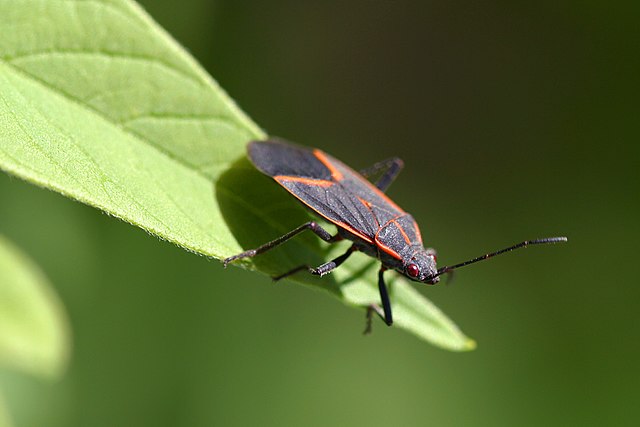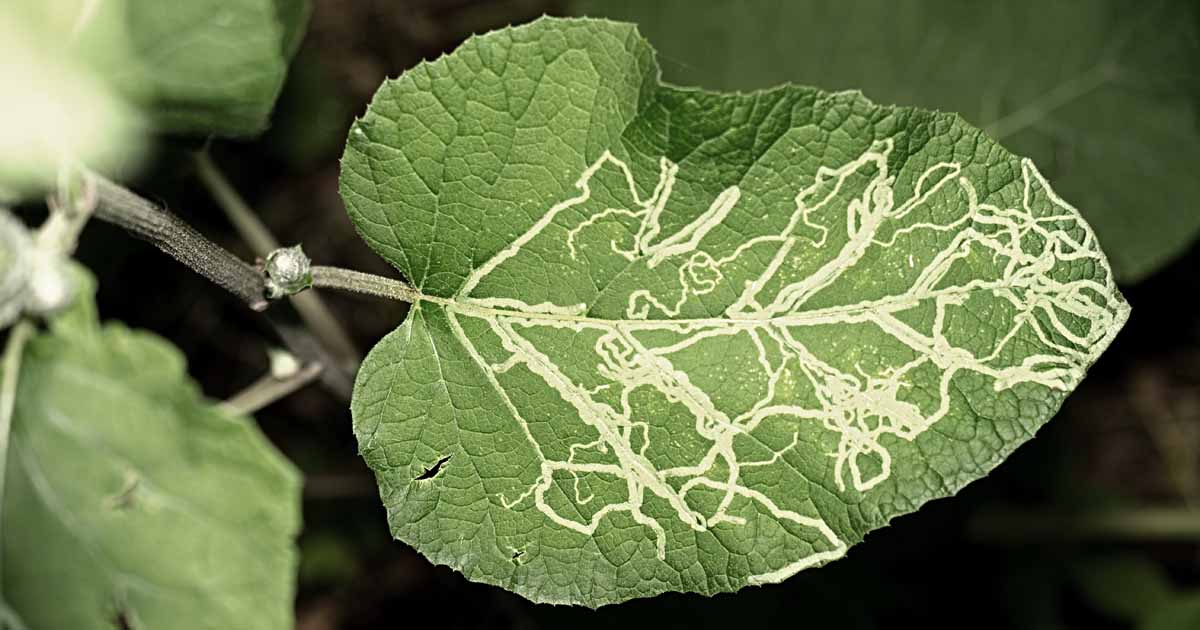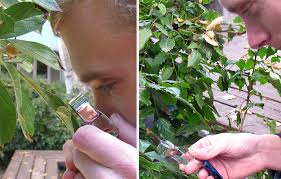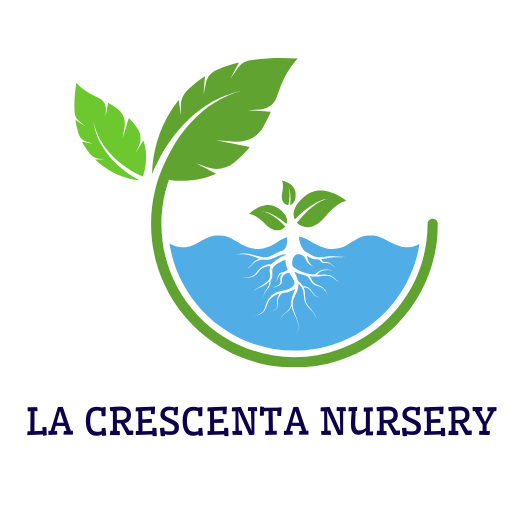Spring is a season of rejuvenation for trees, as they begin to blossom and produce new leaves. However, this time of year also marks the resurgence of various tree pests that can threaten the health of your trees and the overall landscape. Understanding the common pests that target trees in spring, their identification, impact, and effective management strategies is essential for maintaining a healthy and vibrant environment. Here are detailed instructions on how to spring tree pests.
Top 5 common spring tree pests
Here are the details:

Aphids
Identification:
Aphids are small, soft-bodied insects that are typically less than 1/4 inch long. They come in various colors, including green, black, and brown, and are often found in clusters on new growth, buds, and the undersides of leaves.
Symptoms:
- Curling and yellowing leaves: Aphids feed by sucking sap from plants, leading to distorted and discolored foliage.
- Sticky residue (honeydew): The honeydew excreted by aphids can coat leaves and surfaces below, encouraging the growth of sooty mold.
- Sooty mold growth: The black sooty mold can develop on the honeydew, reducing photosynthesis and overall plant health.
Impact:
While individual aphids cause minimal harm, large infestations can weaken trees, reduce growth, and make them more susceptible to diseases.
Management:
- Natural predators: Introduce or encourage beneficial insects, such as ladybugs and lacewings, that feed on aphids.
- Insecticidal soap: Apply insecticidal soap or neem oil to affected areas for effective control, targeting the pests directly without harming beneficial insects.
- Strong water spray: Use a strong spray of water to dislodge aphids from the leaves. This method is particularly effective in early infestations.
Spider mites
Identification:
Spider mites are tiny arachnids, often less than 1/50 inch in size, that are typically red or green. They are usually found on the undersides of leaves and may create fine webbing that resembles spider silk.
Symptoms:
- Yellow or speckled leaves: As spider mites feed, they cause leaf discoloration and damage, resulting in yellowing or bronzing of foliage.
- Fine webbing: Look for delicate webs on the undersides of leaves and around the stems.
- Leaf drop: In severe infestations, leaves may drop prematurely, weakening the tree further.
Impact:
Spider mites can cause significant damage by reducing the tree’s ability to photosynthesize, leading to stunted growth and overall tree health decline.
Management:
- Regular watering: Maintain adequate soil moisture, as spider mites thrive in dry conditions. Regularly water your trees during dry spells to prevent infestations.
- Insecticidal soap: Use insecticidal soap or neem oil to control spider mites. Thorough coverage of the undersides of leaves is crucial for effective management.
- Natural predators: Introduce beneficial predatory mites to keep spider mite populations in check. These predators can significantly reduce pest numbers without harming your plants.
Scale insects
Identification:

Scale insects can be hard (armored scale) or soft (soft scale) and appear as small, oval or circular bumps on the stems and leaves. They can be brown, white, or gray in color and may resemble barnacles or small blisters.
Symptoms:
- Yellowing leaves and reduced vigor: Scale insects suck the sap from trees, leading to poor health and reduced growth.
- Sticky residue (honeydew): Like aphids, scales also produce honeydew, which can result in sooty mold growth.
- Distorted growth: Infestations can lead to stunted growth, dieback, and increased susceptibility to diseases.
Impact: Severe infestations can weaken trees, reduce their vigor, and lead to dieback or even death in extreme cases.
Management:
- Pruning: Prune heavily infested branches to reduce pest populations and encourage new growth.
- Horticultural oils: Apply horticultural oils during dormancy or when scale insects are in their juvenile stage to suffocate them.
- Insecticides: For severe infestations, consider using systemic insecticides that will be absorbed by the plant and provide long-lasting control.
Caterpillars
Identification:
Caterpillars can vary in appearance but are often green or brown with stripes. Tent caterpillars create silken webs in the forks of branches, which can be conspicuous during the spring.
Symptoms:
- Defoliation: Caterpillars can strip trees of leaves, leading to significant defoliation.
- Visible webs or nests: Look for silken nests in the forks of branches, which are characteristic of tent caterpillars.
- Frass: The presence of frass (caterpillar droppings) beneath affected trees can indicate an infestation.
Impact: Severe caterpillar infestations can lead to significant defoliation, weakening trees and making them more susceptible to disease and environmental stress.
Management:
- Handpicking: For small infestations, manually remove caterpillars and destroy their nests.
- Insecticidal soap: Apply insecticidal soap or Bacillus thuringiensis (Bt) to target caterpillars without harming beneficial insects.
- Natural predators: Encourage birds and beneficial insects that feed on caterpillars to help control their populations.
Leaf miners
Identification:

Leaf miners are the larvae of various insects, such as flies or moths, that tunnel between the layers of leaves. The damage appears as winding, discolored trails or blotches on leaves.
Symptoms:
- Distorted leaves: Leaf miners cause distinctive trails or blotches in the leaves, leading to distorted growth.
- Premature leaf drop: In severe infestations, affected leaves may drop prematurely.
- Weakening tree health: Over time, repeated infestations can weaken the tree’s overall health.
Impact:
Leaf miners can cause aesthetic damage and contribute to a decline in tree vigor if infestations are severe and left unmanaged.
Management:
- Cultural practices: Remove and dispose of affected leaves to disrupt the life cycle of leaf miners. This can help reduce their populations in subsequent seasons.
- Insecticides: If the infestation is severe, consider using targeted insecticides, but be mindful of timing to ensure effectiveness.
- Encouraging beneficials: Attract parasitic wasps that lay eggs in leaf miners, providing a natural form of control.
Bark beetles
Identification:
Bark beetles are small, cylindrical insects that bore into the bark of trees. They are typically dark brown or black and leave behind tiny holes and sawdust-like frass.
Symptoms:
- Wilting or yellowing leaves: As bark beetles feed on the bark, trees may show signs of stress through wilting or yellowing foliage.
- Boreholes in the bark: Look for tiny holes in the bark and sawdust-like frass accumulating at the base of the tree.
- Weakened branches: Over time, infested trees may experience branch dieback or even tree death.
Impact:
Bark beetles can cause extensive damage to trees, often leading to death if infestations are not controlled. They can also spread to healthy trees, increasing their impact on the landscape.
Management:
- Preventive measures: Keep trees healthy through proper watering, fertilization, and pruning practices. Healthy trees are less susceptible to bark beetle infestations.
- Insecticides: Apply systemic insecticides to prevent or manage infestations, especially during the adult emergence period.
- Trapping: Use pheromone traps to monitor and reduce bark beetle populations. These traps can help attract and capture adult beetles before they infest healthy trees.
Monitoring for pests
Here are the details:

Regular inspections
Regularly inspect your trees for early signs of pest infestations. This includes checking for unusual leaf curling, discoloration, or the presence of sticky residue. Pay close attention to new growth, as many pests prefer to feed on young, tender foliage.
Using sticky traps
Yellow sticky traps can be effective for monitoring flying insect populations, such as aphids and whiteflies. Place these traps near affected trees to help gauge pest activity and establish an early warning system.
Checking the undersides of leaves
Many pests, such as spider mites and aphids, prefer the undersides of leaves for feeding and shelter. Regularly check the undersides of leaves for signs of infestation and monitor for any changes in leaf color or texture.
Keeping records
Maintaining a garden journal or pest monitoring log can help track pest activity over time. Record the date of inspections, pest sightings, and any management actions taken. This information can be valuable for future pest management strategies.
Preventative measures
Here are the details:
Proper tree care
Healthy trees are less susceptible to pest infestations. Ensure your trees receive adequate water, nutrients, and sunlight. Regularly prune dead or diseased branches to promote overall tree health and reduce the risk of pest problems.
Mulching
Applying a layer of organic mulch around the base of your trees helps retain soil moisture, suppress weeds, and improve soil health. Mulch also creates a favorable environment for beneficial organisms, enhancing tree resilience.
Avoid over-fertilizing
While fertilization is essential for tree health, over-fertilizing can lead to excessive new growth that attracts pests. Follow recommended fertilization guidelines based on soil tests, and avoid applying fertilizers late in the growing season.
Beneficial insects
Encouraging beneficial insects in your garden can provide natural pest control. Planting a variety of flowers and herbs can attract ladybugs, lacewings, and predatory wasps that help keep pest populations in check.
Diversity in planting
Incorporate diversity in your landscape by planting a variety of tree species. This can help disrupt pest populations and reduce the spread of diseases, as many pests are specific to certain tree species.
Integrated pest management (IPM)
Integrated Pest Management (IPM) is a holistic approach to managing tree pests that combines various strategies to minimize pest populations while reducing environmental impact. Key components of IPM include:
Monitoring and identification
Regularly monitor your trees and accurately identify pests before taking action. Understanding the life cycle and behavior of specific pests is crucial for determining the best course of action.
Cultural controls
Implement cultural controls such as proper tree spacing, watering practices, and soil management to create an environment less conducive to pest infestations. For example, avoiding waterlogged soils can prevent root rot and attract pests.
Mechanical controls
Use physical barriers such as row covers or insect netting to protect young trees from pests. Handpicking pests or removing infested branches can also be effective strategies, especially for small infestations.
Chemical controls
If pest populations exceed acceptable levels, consider using pesticides as a last resort. Opt for environmentally friendly options and always follow label instructions carefully. Target specific pests and avoid broad-spectrum insecticides that harm beneficial insects.
Evaluating effectiveness
After implementing pest management strategies, evaluate their effectiveness regularly. Adjust your approach based on the results, and continue monitoring for any changes in pest populations or tree health.
Conclusion
Here are the details about “spring tree pests”. Spring brings a vibrant renewal to our gardens and landscapes, but it also signals the emergence of various tree pests that can pose significant threats to tree health. By understanding the common pests, their identification, impact, and effective management strategies, you can protect your trees and promote their longevity.

Related articles
Top 5 Spring Tree Pests: Identifying and Managing Common Threats
How to Grow Virginia Creeper: A Complete Guide
How to care for cyclamen from the expert
Detailed instructions: How to care for propagated plants
Understanding tree diseases: Identification, prevention, and treatment
Detailed instructions: How to care for fruit trees
Detailed instructions how to grow winter vegetables
How to propagate an aloe plant: a detailed guide to the methods